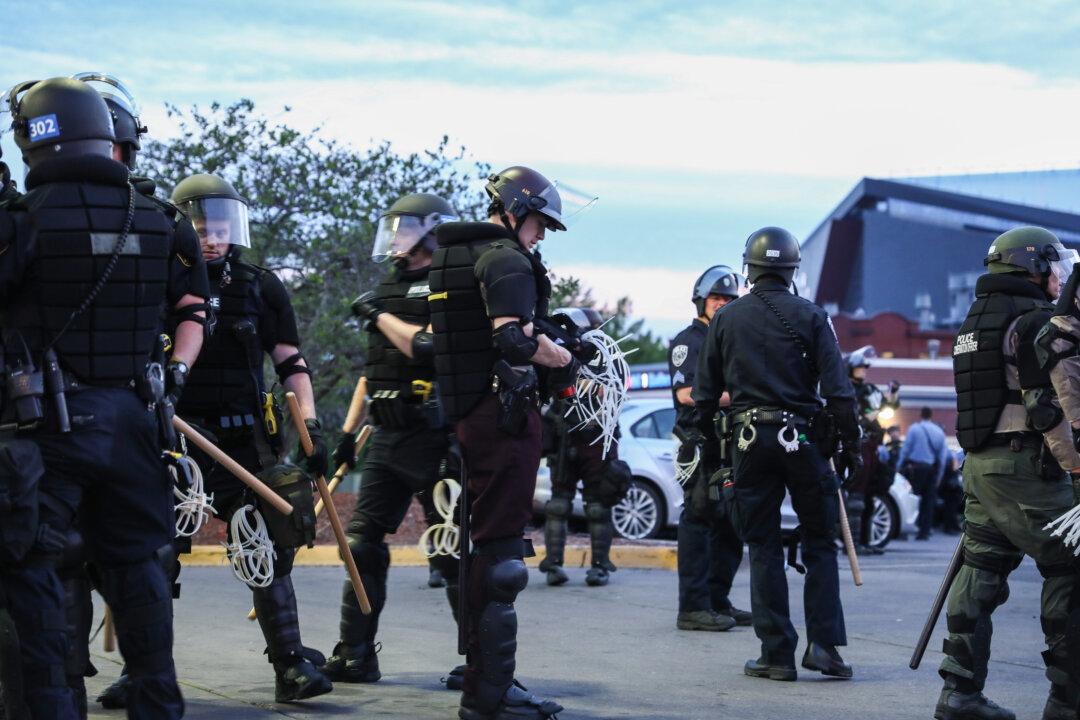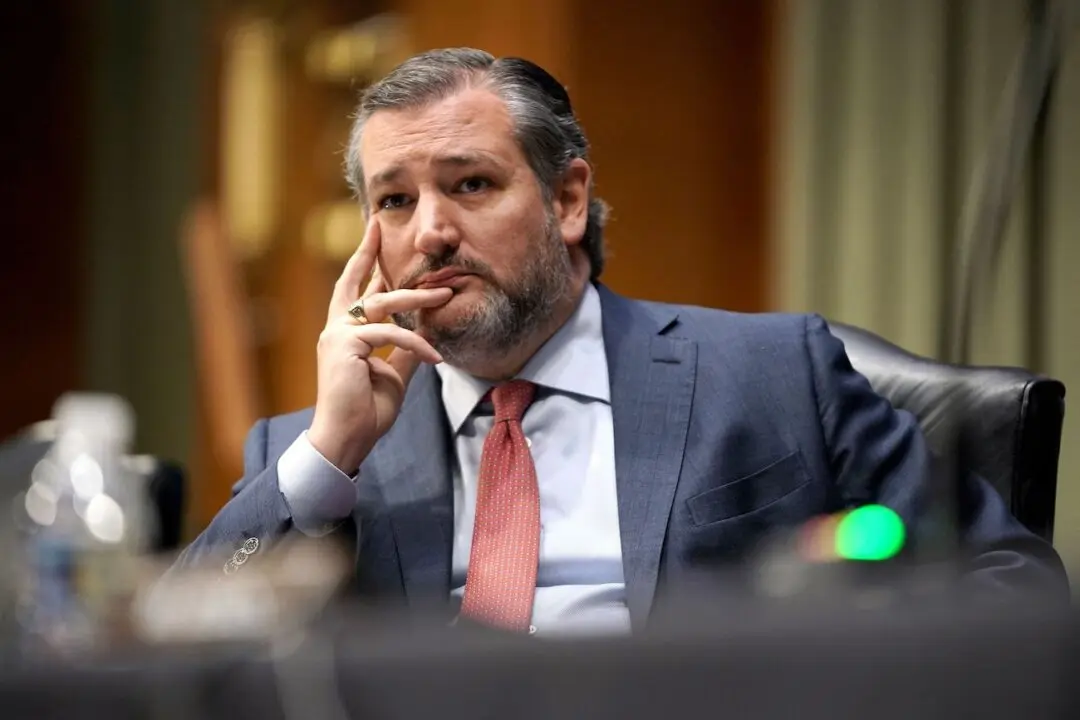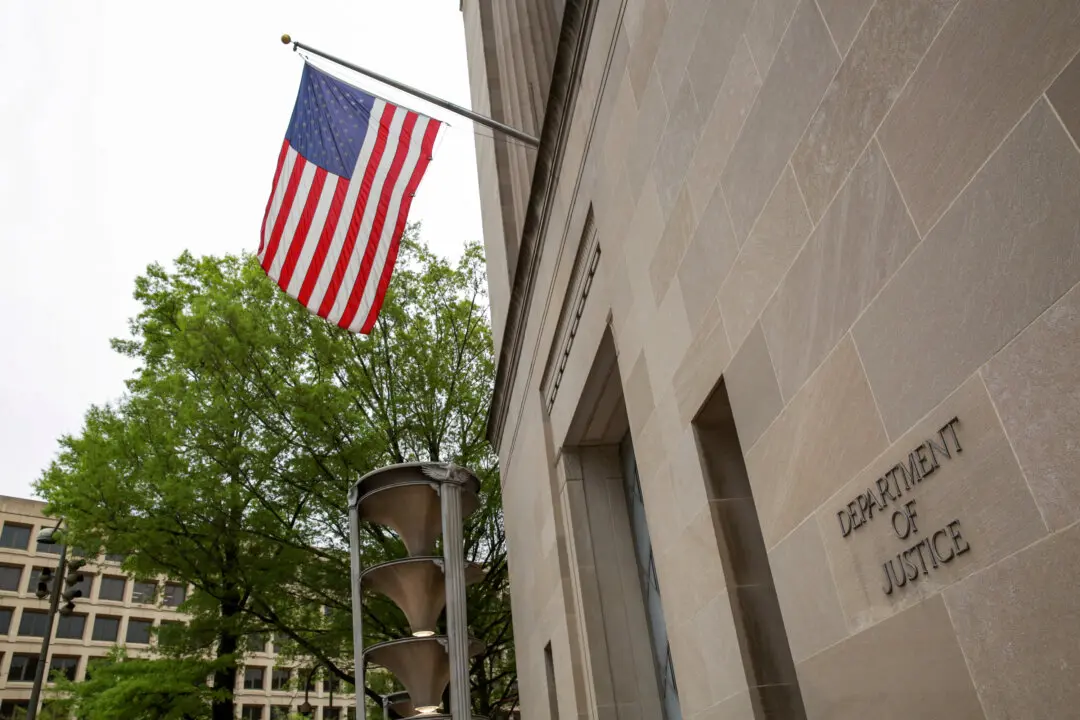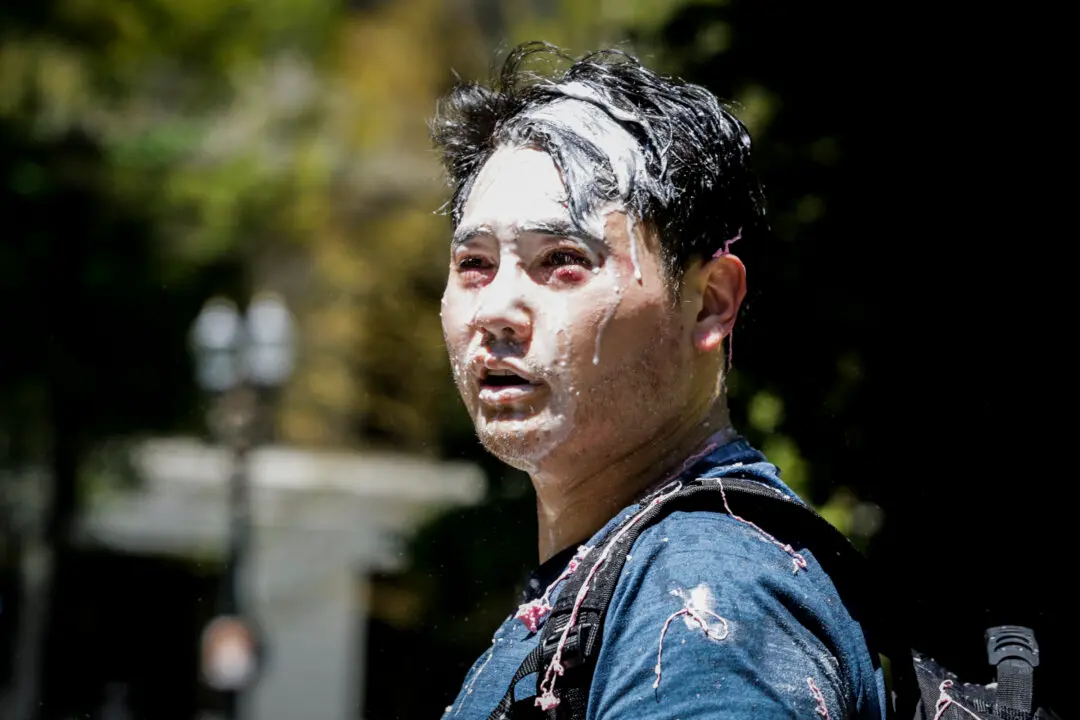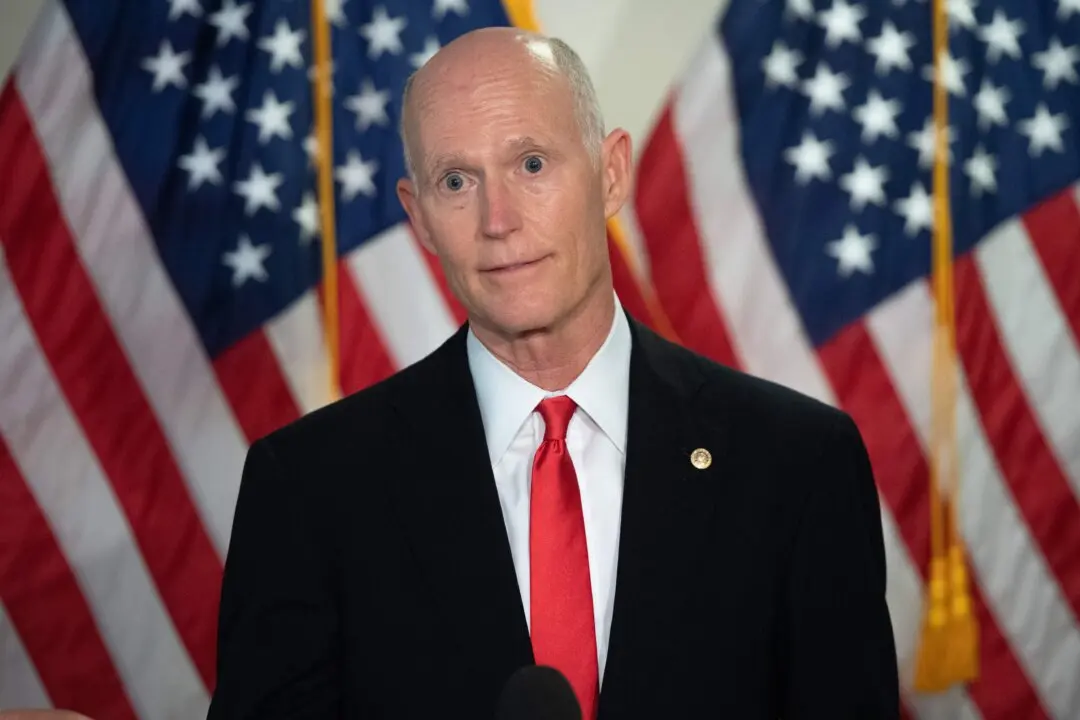Nationwide protests against police violence are still persisting more than a week after George Floyd died while taking a knee to the neck by a Minneapolis police officer. His death has ignited more than just protests and riots—the ongoing debate on a Supreme Court-made legal doctrine that insulates police officers from civil liability has reached a crescendo among the unrest.
That doctrine, known as “qualified immunity,” shields government officials from liability for damages claims for harm caused by their actions as they perform official duties even if those actions violated the U.S. Constitution but did not contravene a “clearly established” rule. The “clearly established” rule concept, which is seen to be problematic by critics of the doctrine, requires the party suing the official to show that the facts in their case were sufficiently similar to the facts in prior court cases.
